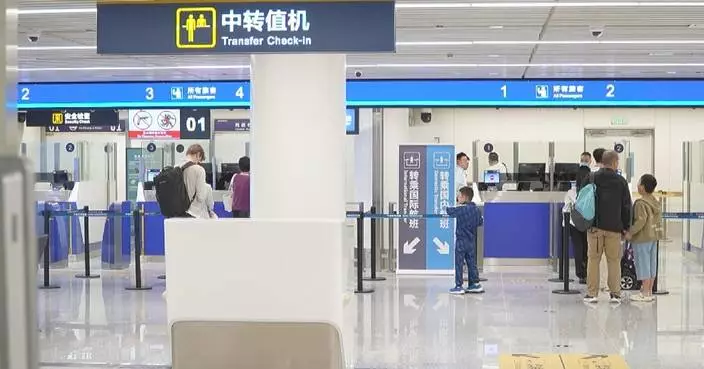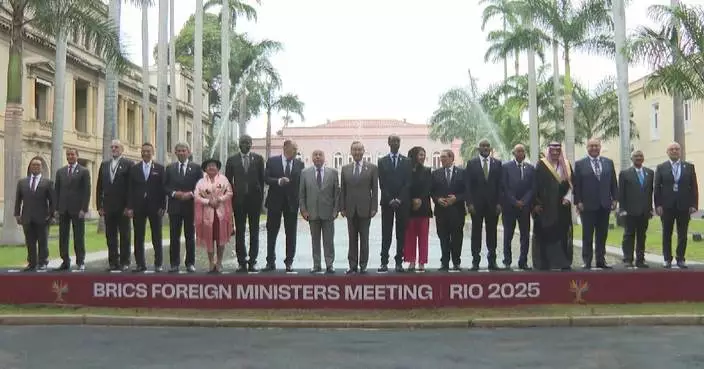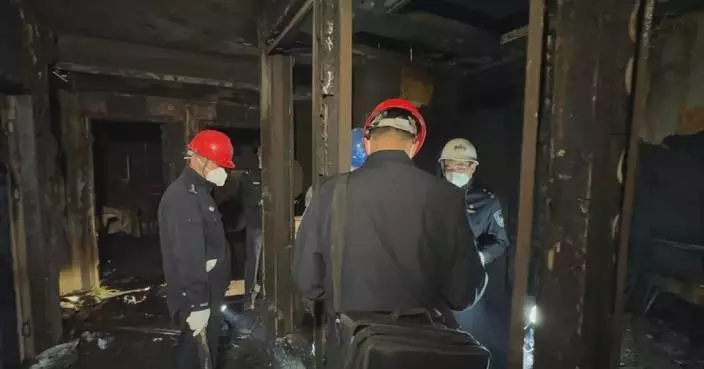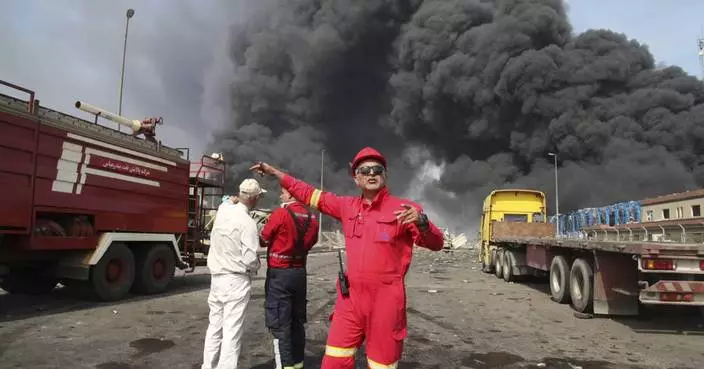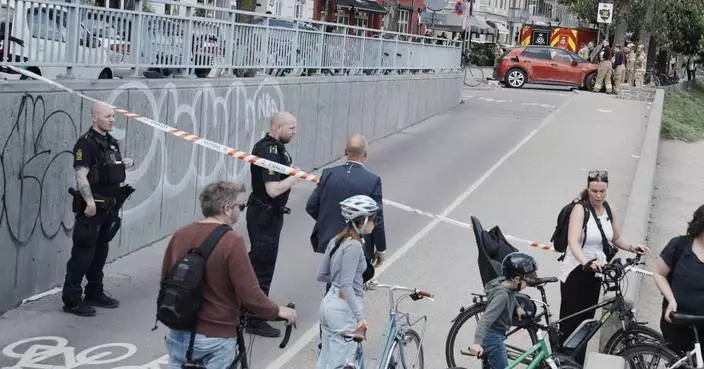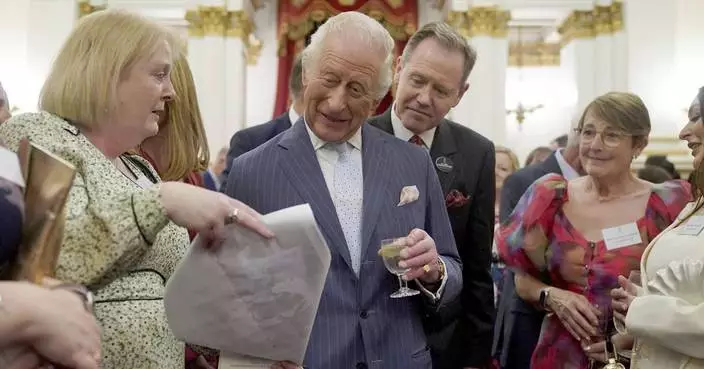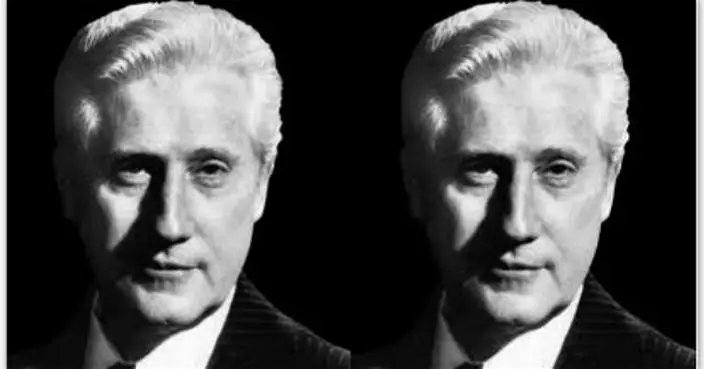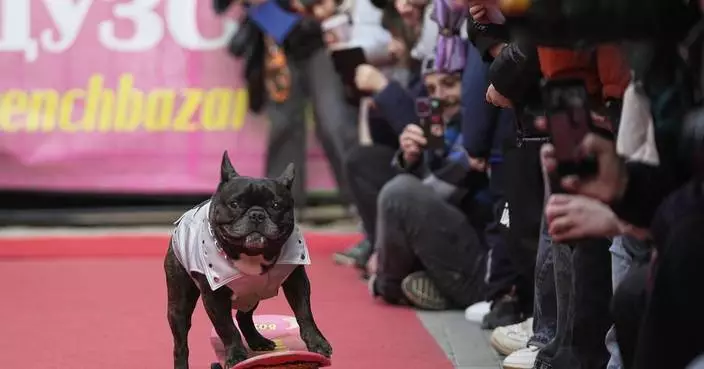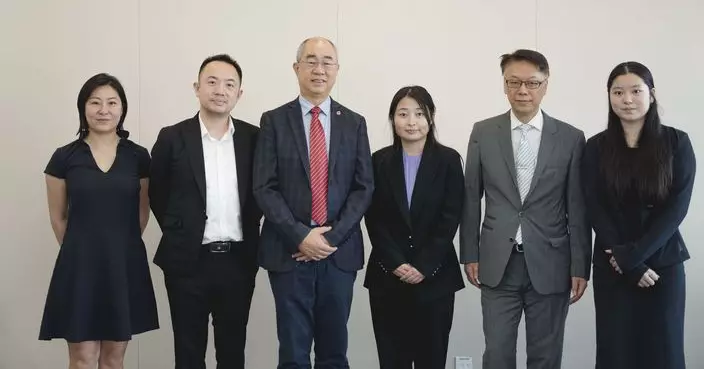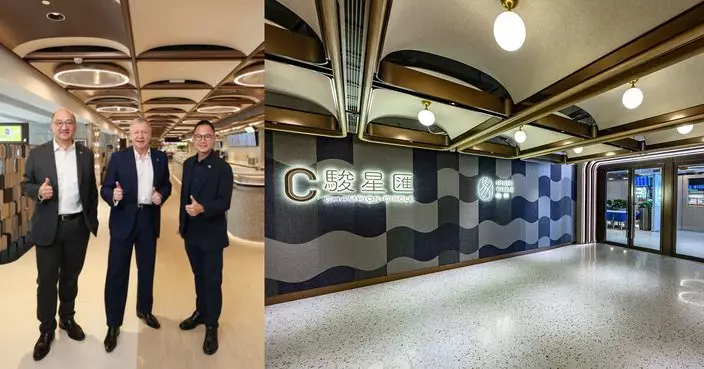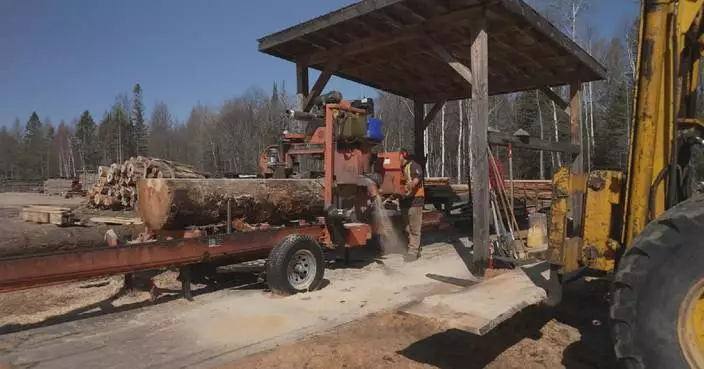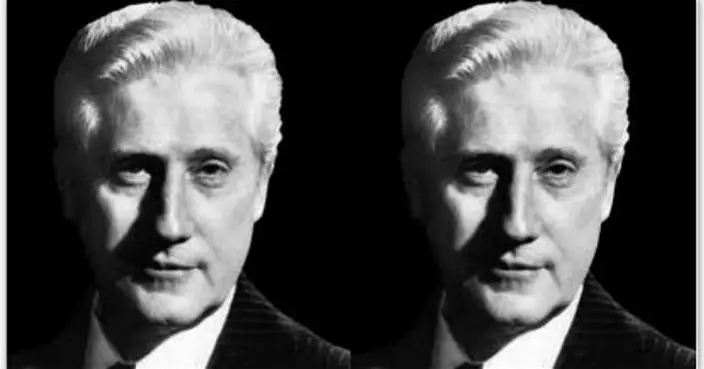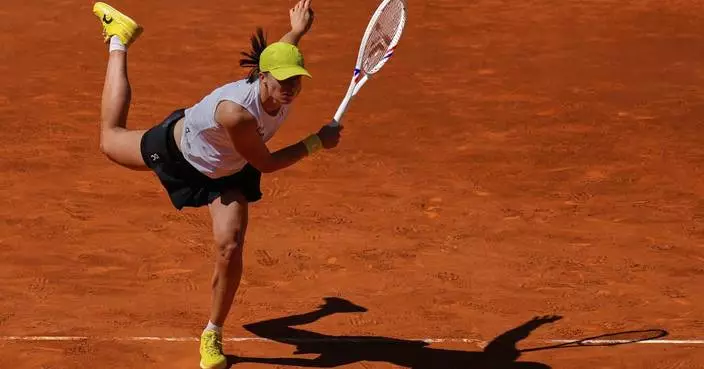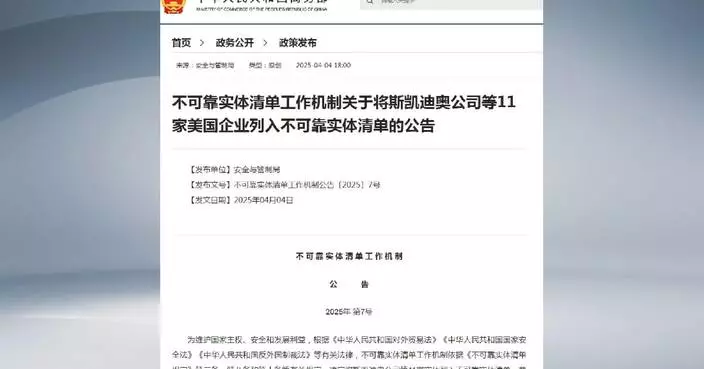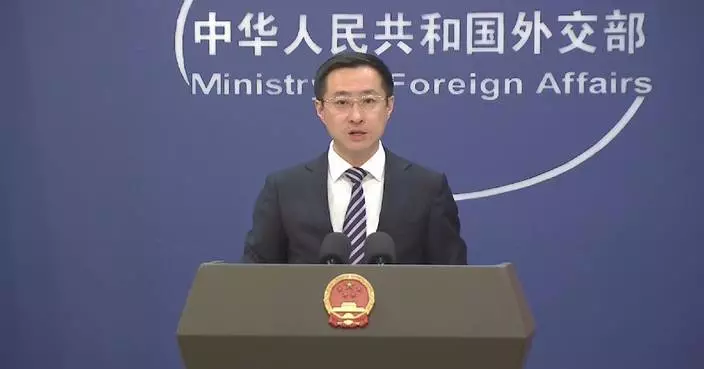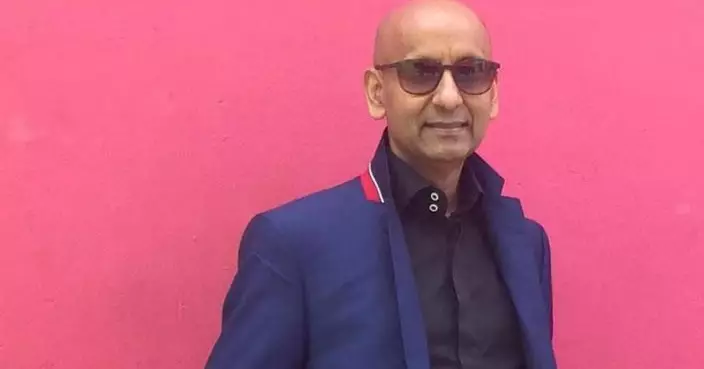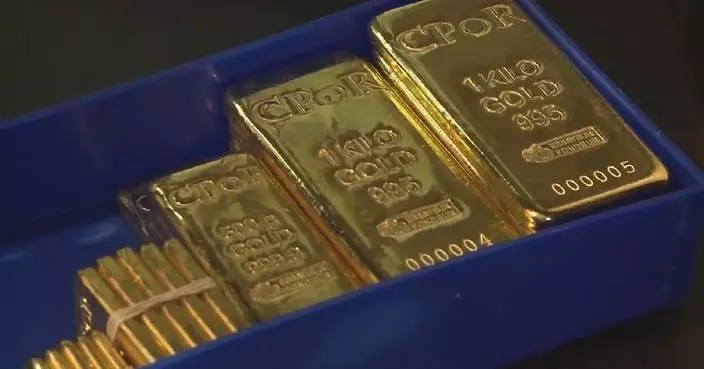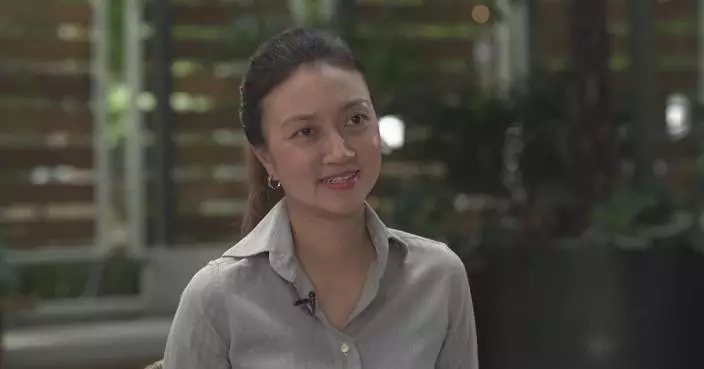A newly-opened chocolate museum in Xi'an City in northwest China's Shaanxi Province exhibits models of city landmarks and the city's fabled terracotta warriors made entirely from chocolate, offering visitors a sweet blend of gastronomy, art, and history.
Among the exhibits are hundreds of chocolate models of artifacts and buildings dating back to the Zhou (1046-256 BC), Qin (221-207 BC), Han (202 BC-220 AD), and Tang (618-907) dynasties. These creations, meticulously sculpted from hundreds of tons of chocolate, show visitors the history of influential dynasties in China.
One highlight is the chocolate model of Xi'an's Bell Tower while the 108 Fang (known as blocks today) model uses spray painting techniques to capture the texture of sand, recreating the splendor of Chang'an City or the 'city of everlasting peace', as Xi'an was formerly known.
"Many exhibits, such as the three-colored horses, Jingyun Bell, and He Zun (a bronze wine container), are 1:1 replicas of Xi'an cultural relics. Each wall brick on display weighs 20 kilograms, and the soil under each terracotta warrior is made of chocolate as well. Recreating these historical relics demands meticulous attention to details, with designers and craftsmen dedicating several years to perfect each piece. Visiting the Chocolate Museum, visitors can learn about the history and culture of chocolate," said Song Changfu, operation manager at the Chocolate Museum.
The museum ensures strict control of temperature and humidity, to keep the exhibits from melting.
"There are requirements for chocolate storage, such as the temperature should be within 18 to 25 degrees Celsius," said Song.
The exhibits not only embody Xi'an's heritages but also integrate local cultural elements. Upcoming chocolate creations will include Giant Wild Goose Pagoda chocolates and lychee chocolates, according to museum staff.
"I usually enjoy visiting museums, so seeing cultural relics made of chocolate, like the Tang Tri-colored Glazed Pottery and terracotta warriors, is a refreshing and creative experience," said Kang Meili, a museum visitor from Beijing.
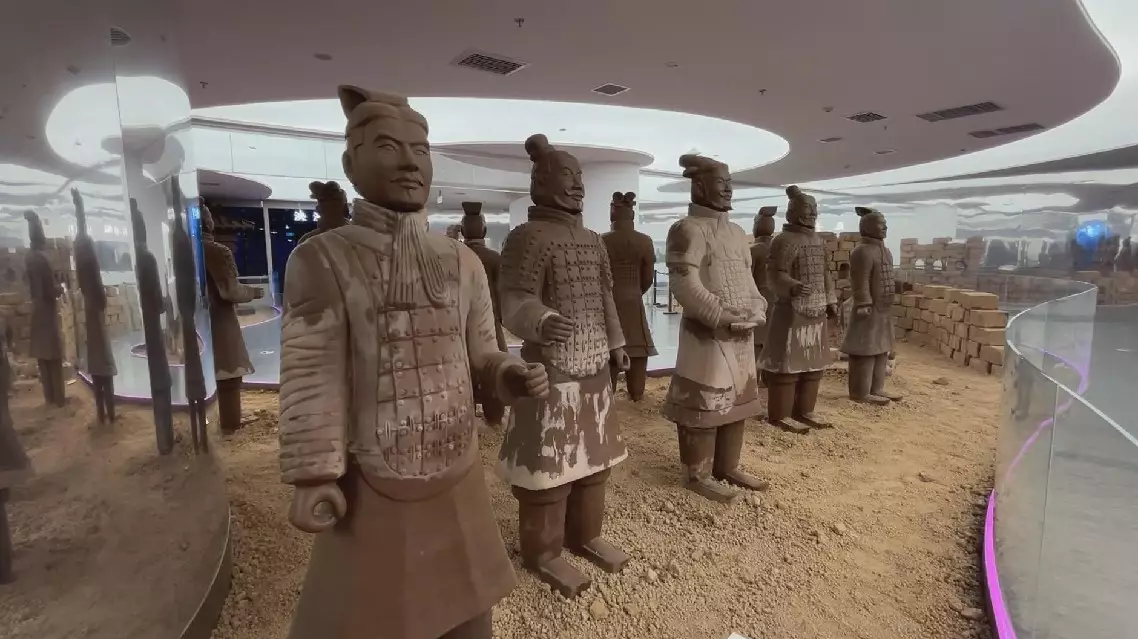
Sweet memories to be made at new chocolate museum in Xi'an






